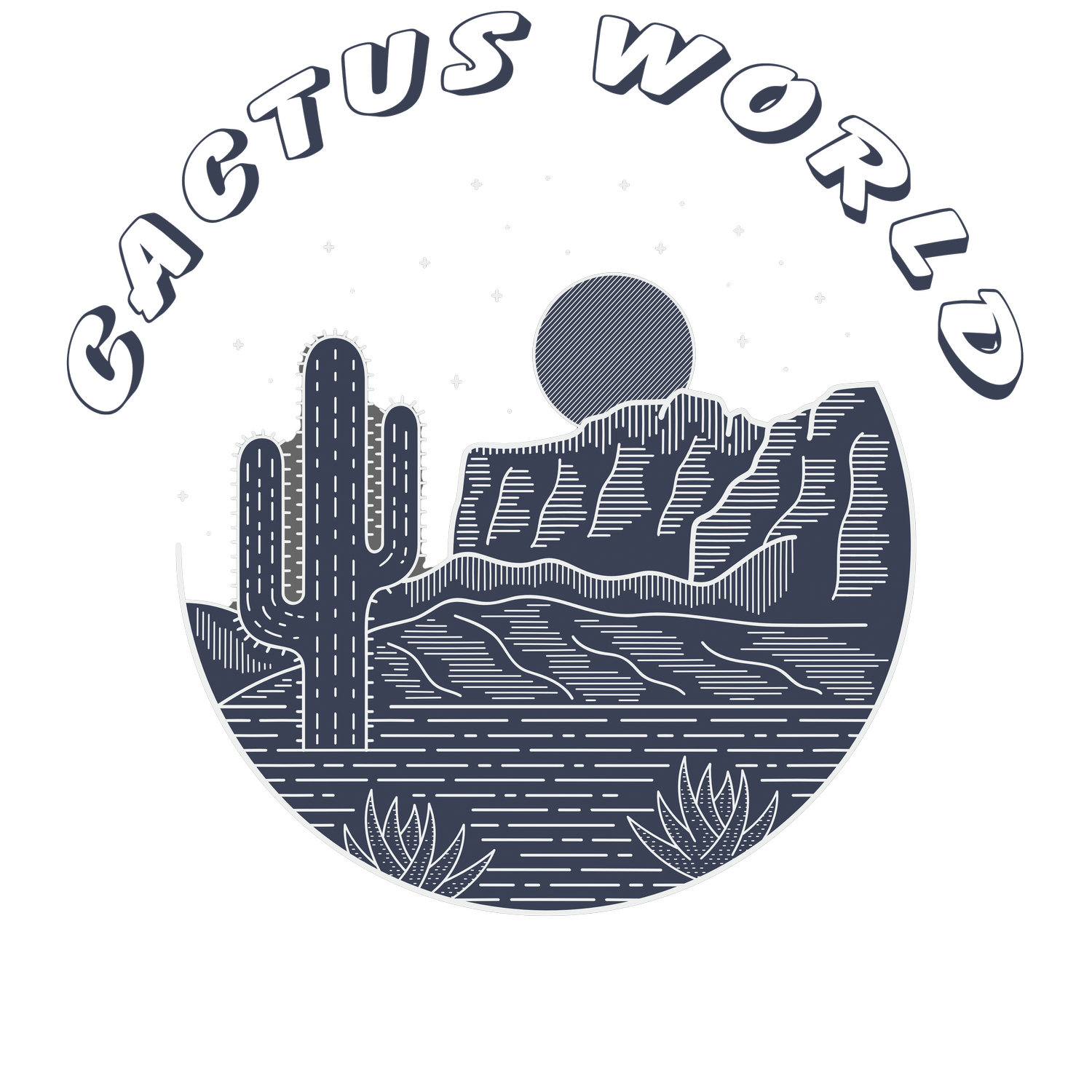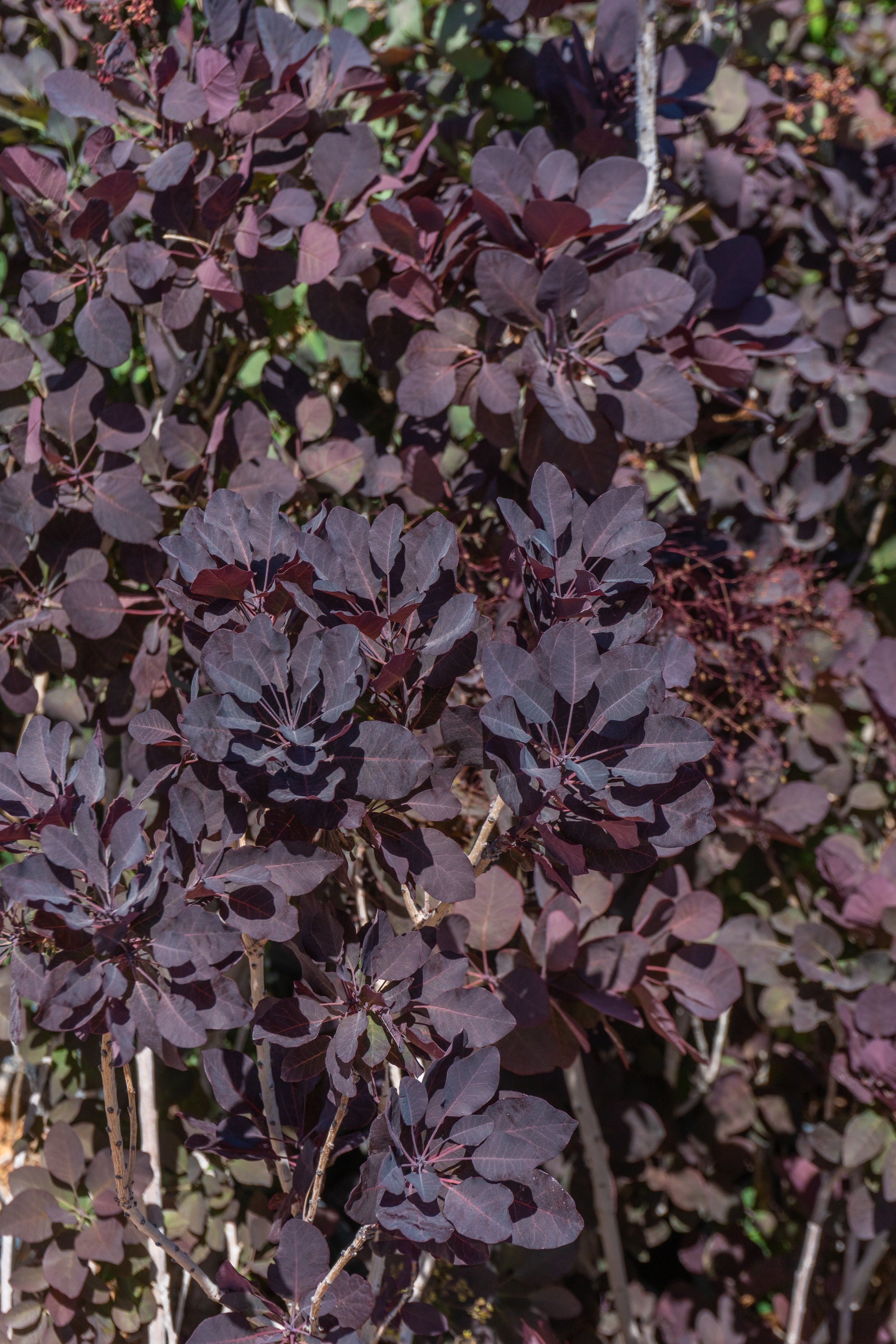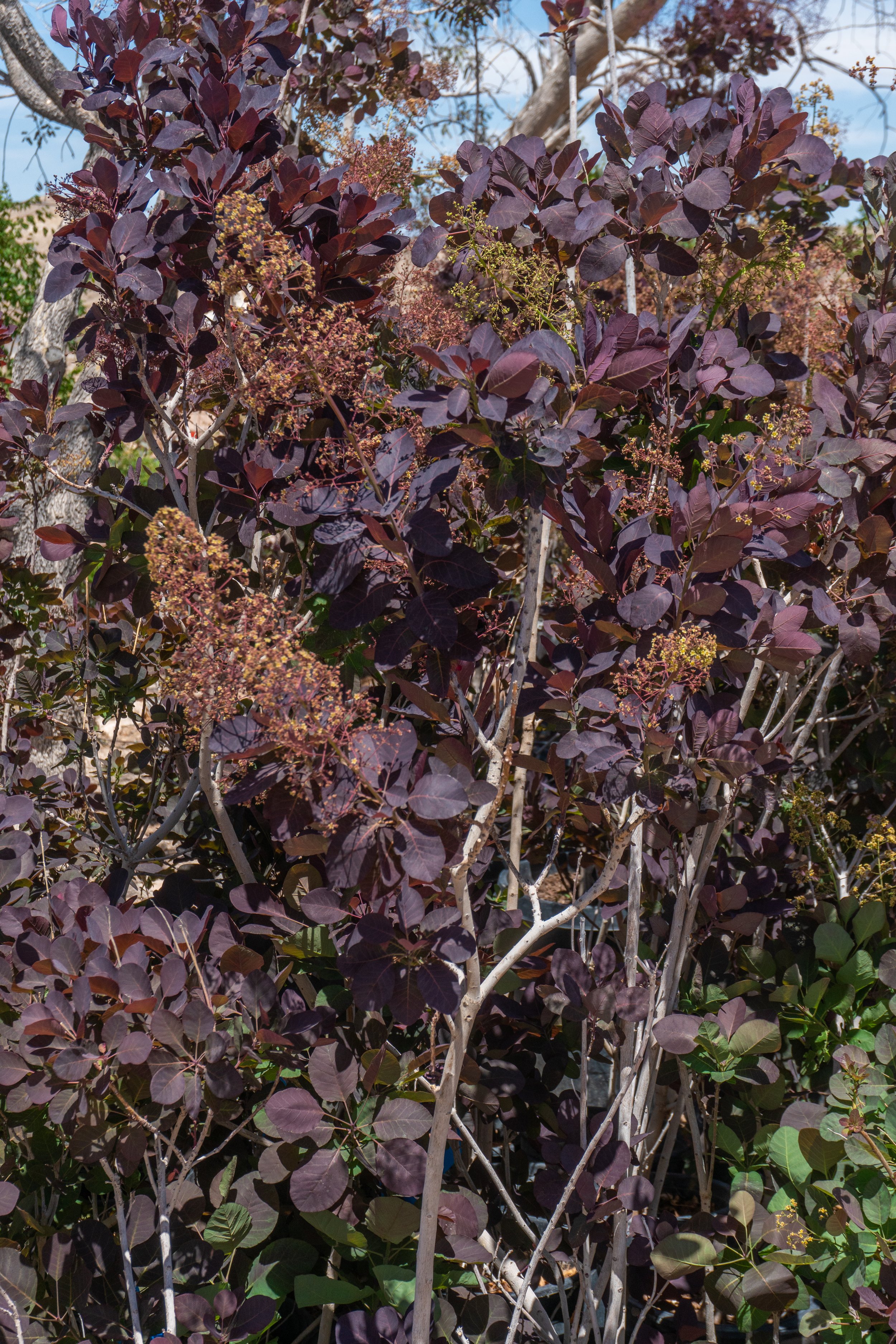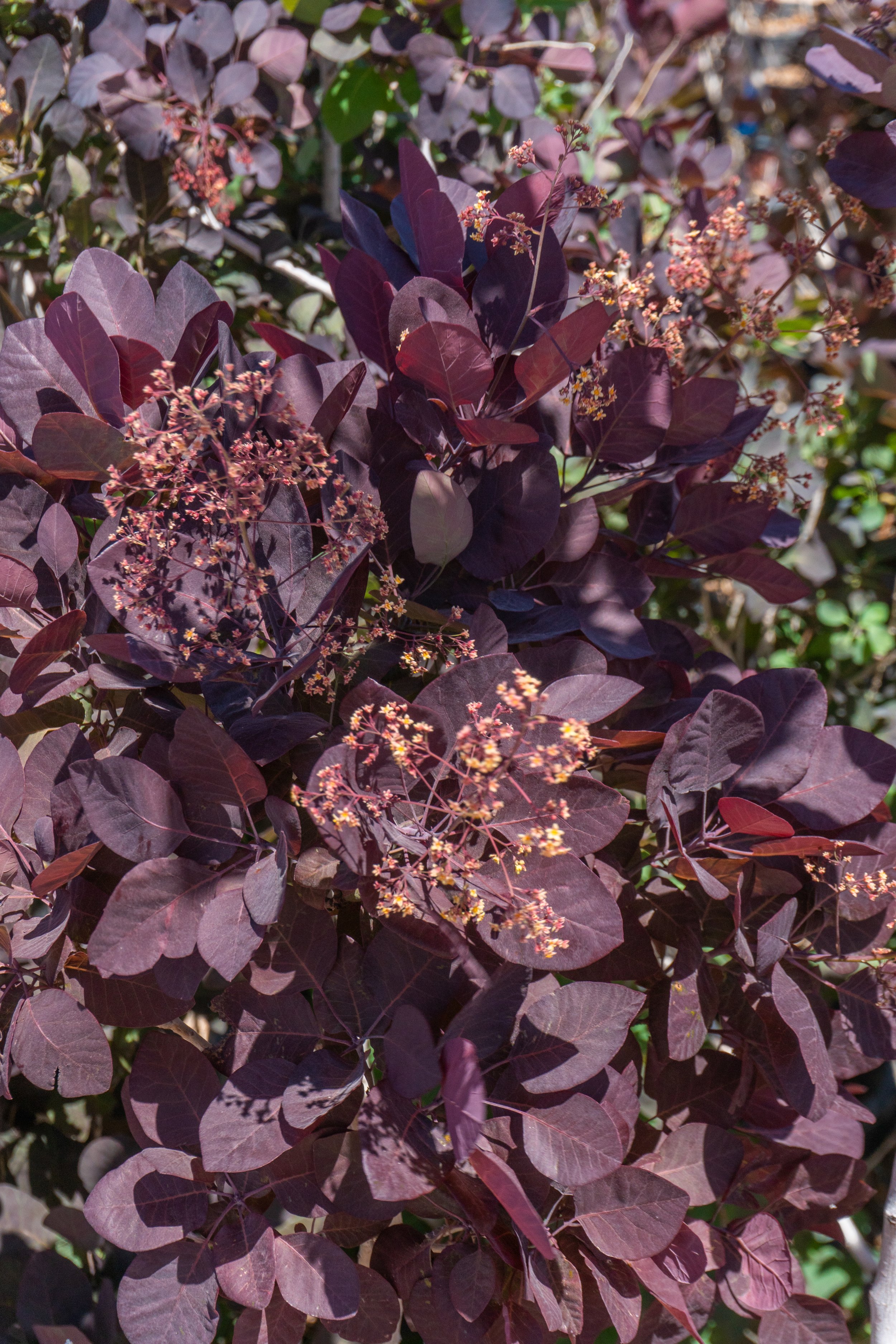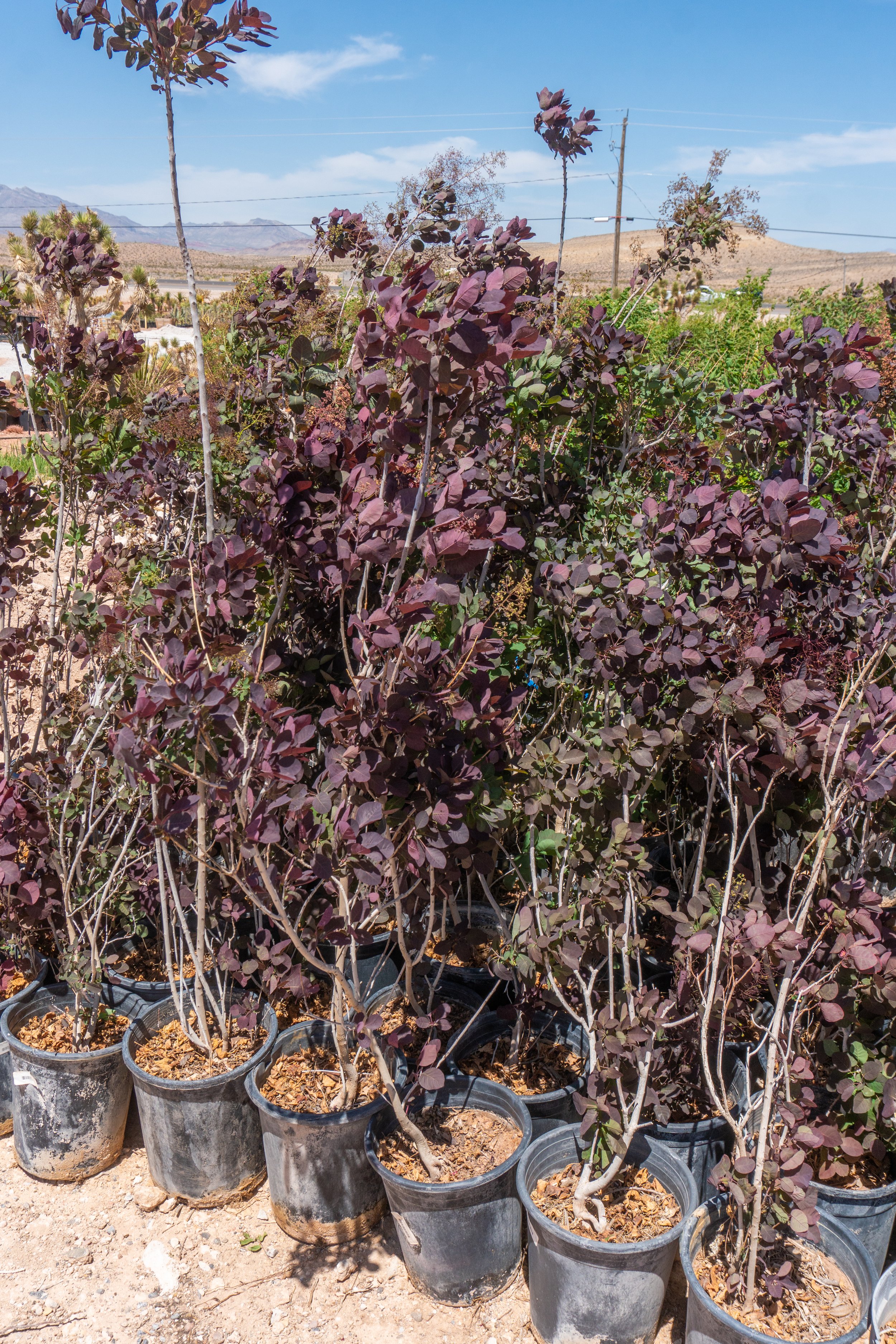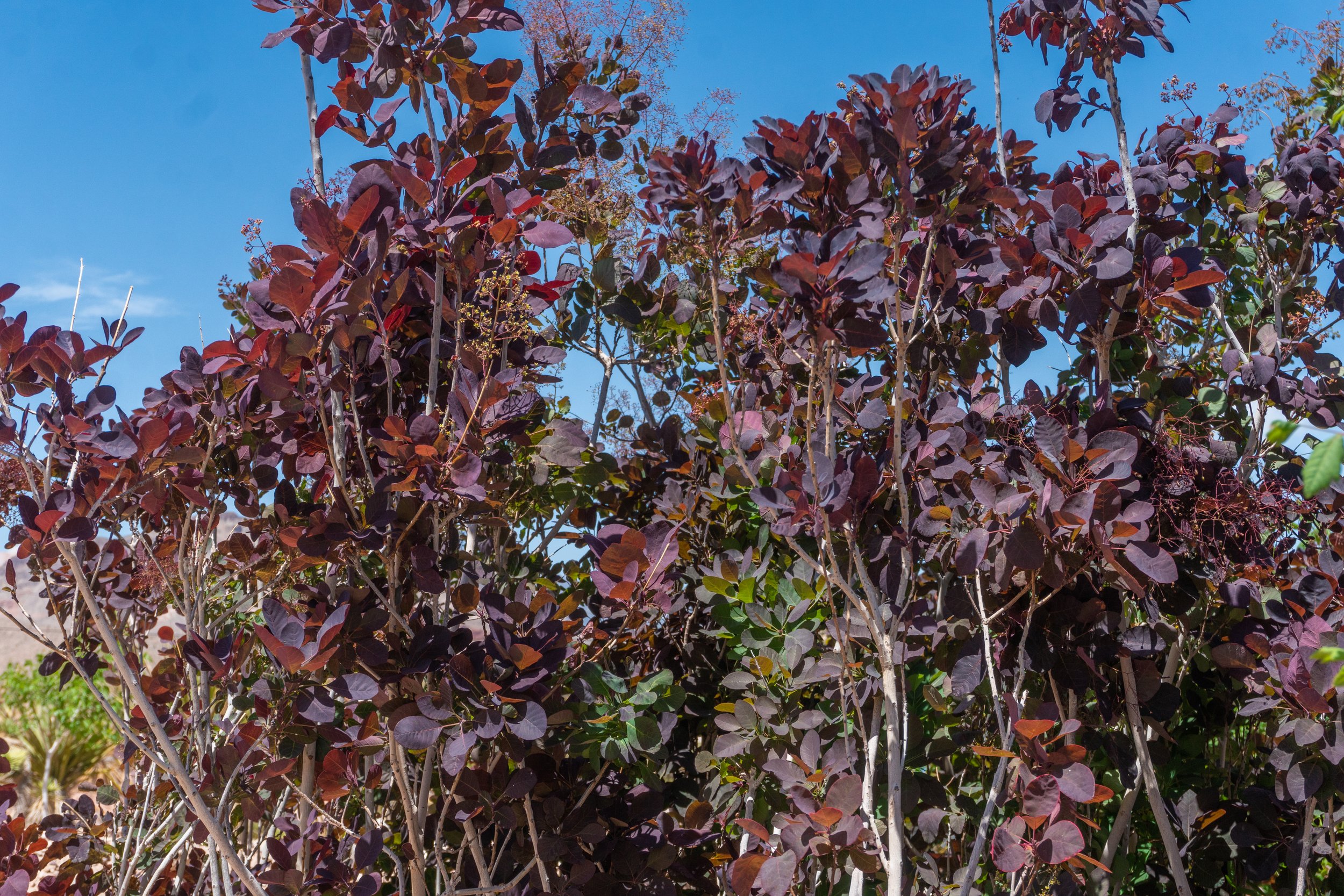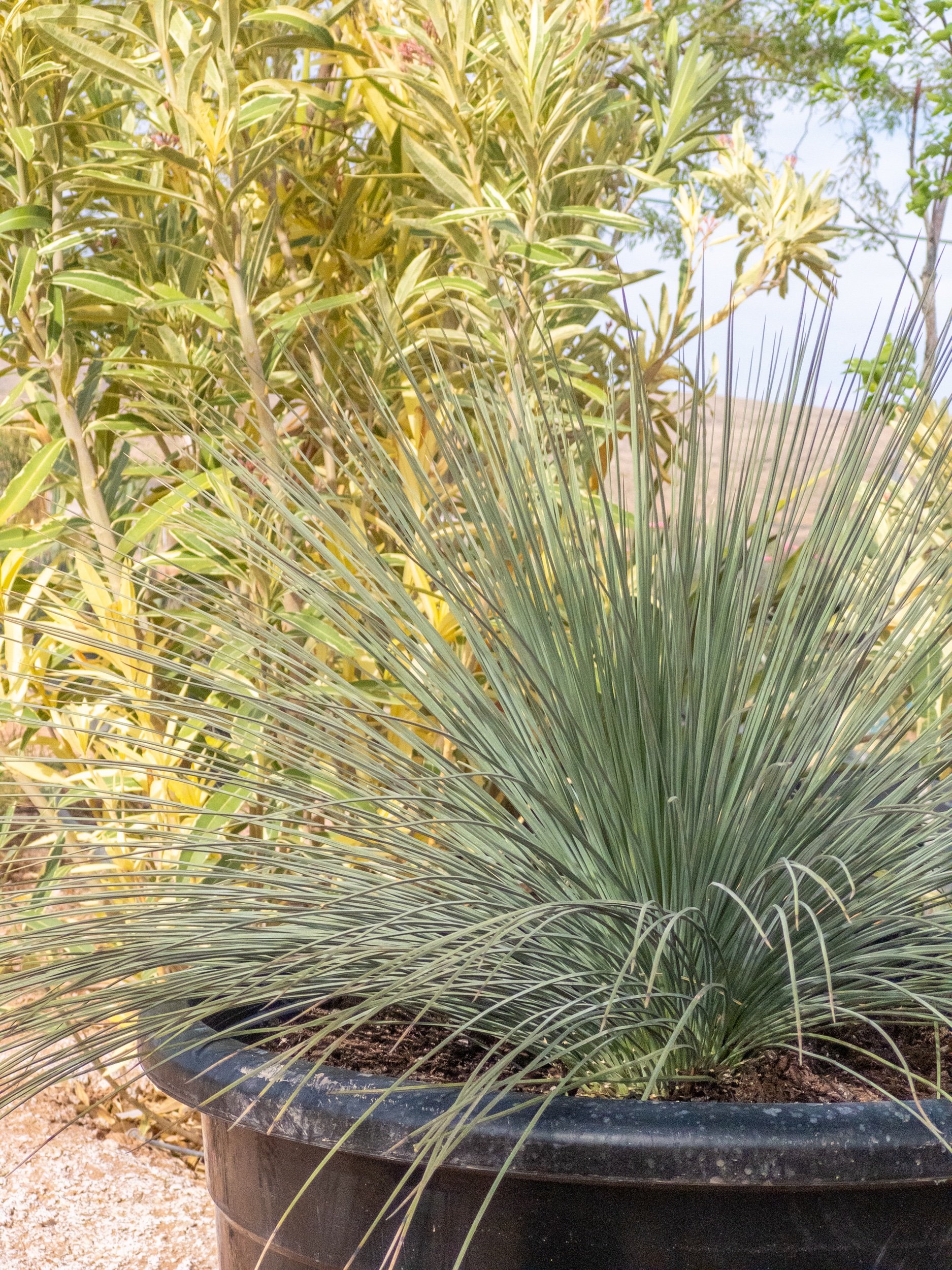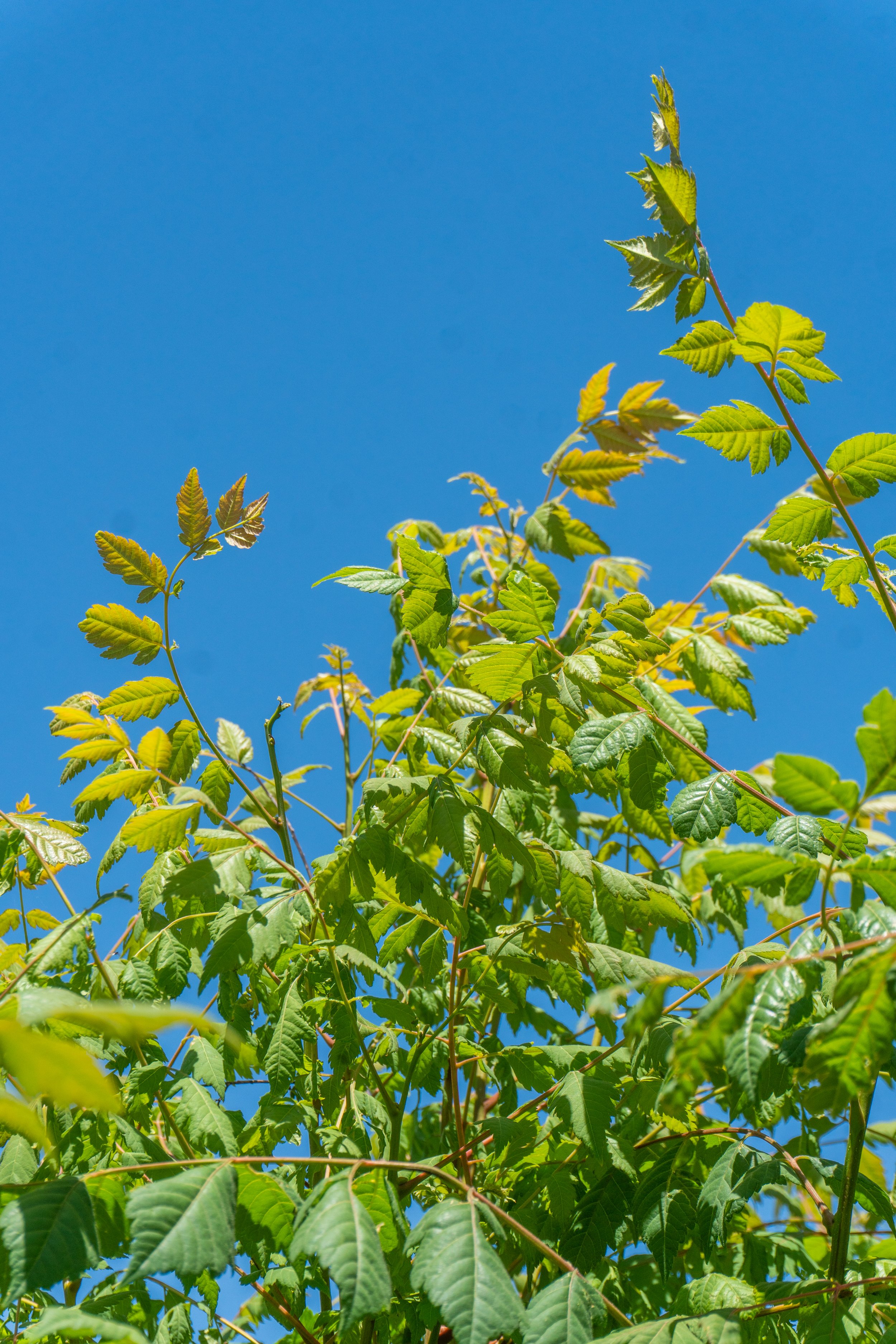 Image 1 of
Image 1 of


Washingtonia Filifera, California Fan Palm
Washingtonia filifera, also known as the California fan palm or desert fan palm, is a species of palm tree that is native to the southwestern United States and northern Mexico. It is a beloved and iconic symbol of the desert landscape, known for its striking beauty and hardy nature.
The origins of Washingtonia filifera can be traced back to the arid regions of the Sonoran and Mojave Deserts, where it thrives in hot, dry conditions. The palm tree has a tall, slender trunk that can grow to heights of up to 75 feet and is crowned with a canopy of fan-shaped fronds that can be over 15 feet in length.
One of the most striking features of Washingtonia filifera is its beauty. The palm tree's lush green fronds and tall, slender trunk create an iconic silhouette against the desert sky. In addition, the palm produces small, creamy-white flowers that bloom in the spring and summer months and are followed by small, black fruits.
Despite its striking beauty, Washingtonia filifera is well adapted to the harsh environmental conditions of the desert. The palm tree requires a hot, dry climate with well-draining soil, and it can tolerate a wide range of soil types. It is also highly drought-tolerant, making it an important species for desert ecosystems. However, the palm tree does require regular watering during the first few years of growth to establish a strong root system.
In addition to its beauty and environmental adaptations, Washingtonia filifera also has cultural significance. The palm tree has been used by indigenous people for food, shelter, and cultural purposes for thousands of years.
In conclusion, Washingtonia filifera is a stunning palm tree that is well adapted to the harsh environmental conditions of the desert. Its striking beauty, hardy nature, and cultural significance make it an important and beloved species in the desert ecosystem. To cultivate and care for the palm tree, it is important to provide it with well-draining soil, regular watering during the first few years of growth, and a hot, dry climate.
*PHOTOS ARE EXAMPLES OF PLANT, THE ONE YOU WILL RECEIVE WILL DIFFER SLIGHTLY
SHIPPED BARE ROOT / PLEASE CHECK LOCAL SHIPPING RESTRICTIONS
Washingtonia filifera, also known as the California fan palm or desert fan palm, is a species of palm tree that is native to the southwestern United States and northern Mexico. It is a beloved and iconic symbol of the desert landscape, known for its striking beauty and hardy nature.
The origins of Washingtonia filifera can be traced back to the arid regions of the Sonoran and Mojave Deserts, where it thrives in hot, dry conditions. The palm tree has a tall, slender trunk that can grow to heights of up to 75 feet and is crowned with a canopy of fan-shaped fronds that can be over 15 feet in length.
One of the most striking features of Washingtonia filifera is its beauty. The palm tree's lush green fronds and tall, slender trunk create an iconic silhouette against the desert sky. In addition, the palm produces small, creamy-white flowers that bloom in the spring and summer months and are followed by small, black fruits.
Despite its striking beauty, Washingtonia filifera is well adapted to the harsh environmental conditions of the desert. The palm tree requires a hot, dry climate with well-draining soil, and it can tolerate a wide range of soil types. It is also highly drought-tolerant, making it an important species for desert ecosystems. However, the palm tree does require regular watering during the first few years of growth to establish a strong root system.
In addition to its beauty and environmental adaptations, Washingtonia filifera also has cultural significance. The palm tree has been used by indigenous people for food, shelter, and cultural purposes for thousands of years.
In conclusion, Washingtonia filifera is a stunning palm tree that is well adapted to the harsh environmental conditions of the desert. Its striking beauty, hardy nature, and cultural significance make it an important and beloved species in the desert ecosystem. To cultivate and care for the palm tree, it is important to provide it with well-draining soil, regular watering during the first few years of growth, and a hot, dry climate.
*PHOTOS ARE EXAMPLES OF PLANT, THE ONE YOU WILL RECEIVE WILL DIFFER SLIGHTLY
SHIPPED BARE ROOT / PLEASE CHECK LOCAL SHIPPING RESTRICTIONS
Washingtonia filifera, also known as the California fan palm or desert fan palm, is a species of palm tree that is native to the southwestern United States and northern Mexico. It is a beloved and iconic symbol of the desert landscape, known for its striking beauty and hardy nature.
The origins of Washingtonia filifera can be traced back to the arid regions of the Sonoran and Mojave Deserts, where it thrives in hot, dry conditions. The palm tree has a tall, slender trunk that can grow to heights of up to 75 feet and is crowned with a canopy of fan-shaped fronds that can be over 15 feet in length.
One of the most striking features of Washingtonia filifera is its beauty. The palm tree's lush green fronds and tall, slender trunk create an iconic silhouette against the desert sky. In addition, the palm produces small, creamy-white flowers that bloom in the spring and summer months and are followed by small, black fruits.
Despite its striking beauty, Washingtonia filifera is well adapted to the harsh environmental conditions of the desert. The palm tree requires a hot, dry climate with well-draining soil, and it can tolerate a wide range of soil types. It is also highly drought-tolerant, making it an important species for desert ecosystems. However, the palm tree does require regular watering during the first few years of growth to establish a strong root system.
In addition to its beauty and environmental adaptations, Washingtonia filifera also has cultural significance. The palm tree has been used by indigenous people for food, shelter, and cultural purposes for thousands of years.
In conclusion, Washingtonia filifera is a stunning palm tree that is well adapted to the harsh environmental conditions of the desert. Its striking beauty, hardy nature, and cultural significance make it an important and beloved species in the desert ecosystem. To cultivate and care for the palm tree, it is important to provide it with well-draining soil, regular watering during the first few years of growth, and a hot, dry climate.
*PHOTOS ARE EXAMPLES OF PLANT, THE ONE YOU WILL RECEIVE WILL DIFFER SLIGHTLY
SHIPPED BARE ROOT / PLEASE CHECK LOCAL SHIPPING RESTRICTIONS
